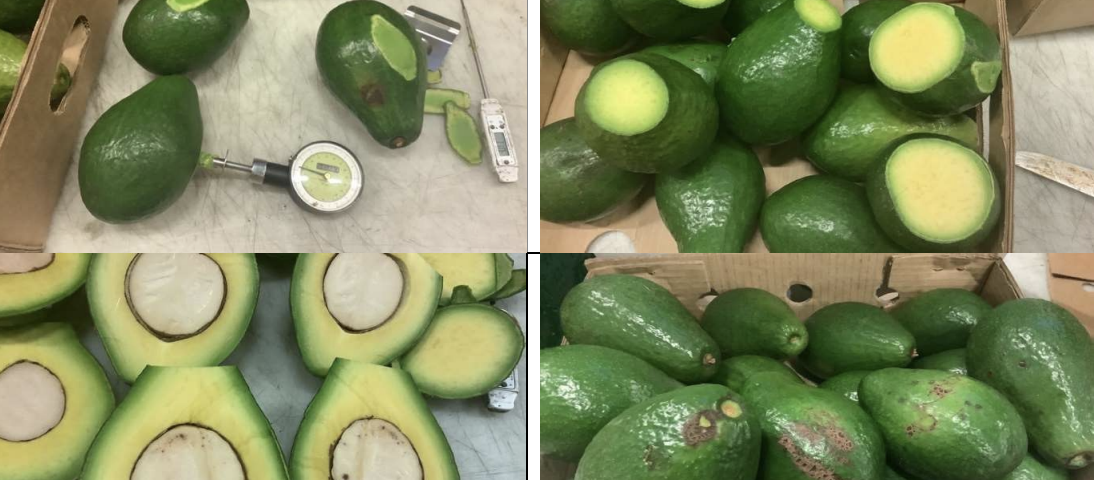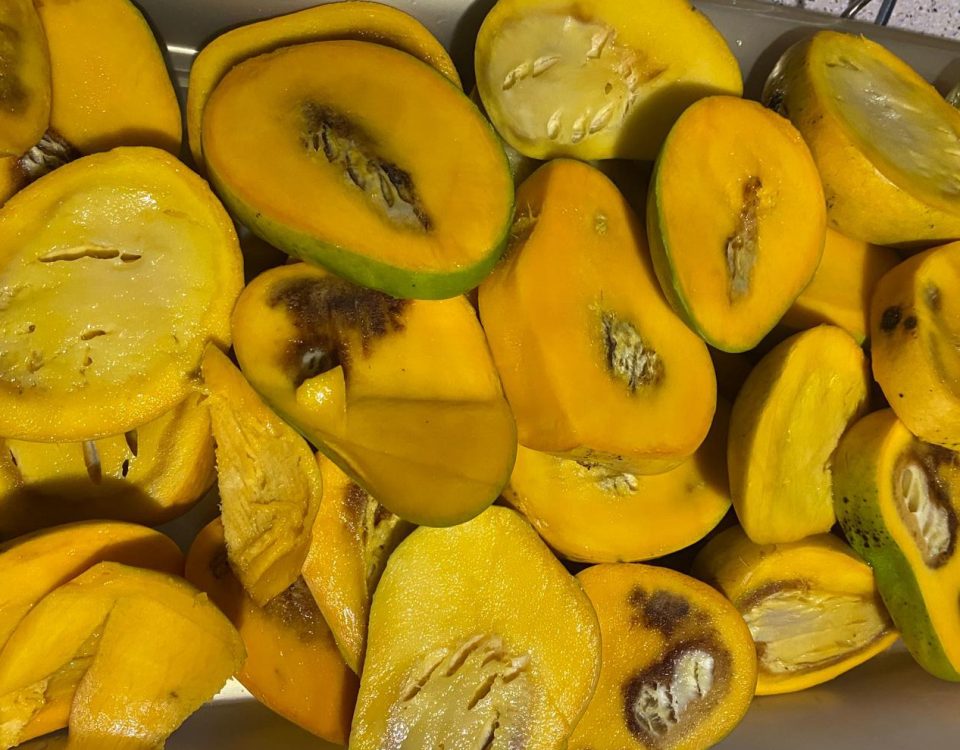How to prevent avocado claims in 5 steps

Why a picture is worth a thousand words in cargo claims?
September 28, 2022
How to make sure reefer cargo is not spoiled in transit?
October 16, 2022Some foods get more buzz than others, bringing in billions of dollars and shaping our daily diets.
Call it a marketing strategy or not, today avocados have the image of “superfoods” and are labeled as “extra healthy” which has led to increased avocado consumption and demand worldwide.
Avocados conquered the world.
What about Avocado transit damages and cargo claims?
Avocados are being transported ever-greater distances from their original locations, particularly from South, Central America and South Africa. There are a number of factors that need to be considered to guarantee the effective and damage-free delivery of avocados, so your best strategy should be loss prevention.
We share five (5) best shipping strategies for avocados for every exporter to follow so as to minimize expensive avocado cargo claims?
1. Fruit origin is crucial
The fruit maturity is important. Check oil levels and dry matter content. The maximum levels of oil and dry matter content that indicates picking is required to vary by agricultural location and is empirically established over a number of years.
2. Harvest with care
Select the best harvesting techniques first because a mistake made now could become critical later. Due to the avocado’s high sensitivity to mechanical stress (shock during a fall, compression), harvesting must be done gently, either with gloves on or using specialized pullers that resemble poles with a linen bag attached. After harvesting, it is best to put avocados in the cooling storage (at 4 to 7 °C in general) as quickly as possible, if you want to be in control of the ripening process.
3. Packing
Avocados should be arranged in a package in a single row, with paper or cardboard separating them. The name (code designation) and address of the consignor, the product name and country of origin, the pomological and commercial grade and the caliber (size) of the fruit must all be marked on the packaging.
It must share the same origin, pomological variety, quality, size, color, shape, structure, and level of ripeness when they are packaged together.
4. Be aware of the transit times
From the time the product is harvested until consumers can receive it, the entire process should take 43 to 50 days, which, for South African shipments, generally includes:
- 2 days for harvesting;
- 2 days for packhouse;
- 3 days for cross haul and stacks;
- 18 days for ocean freight (16 to 19 days SA/Europe);
- 2 days for the port release;
- 1 day for road transportation to the consignee;
Thus, the total transit time should be around 28 days. Keep in mind that if the shipment takes more than 30 days, it can become risky for your commodities. Then:
- 7-14 days for consignee storage;
- 3 days for ripening;
- 1 day for the shipment to the retailer;
- 4 days of shelf life (ripe and ready).
5. Storage conditions during transportation
The region from where you source your fruits determines the transport temperature, relative humidity, oxygen and carbon dioxide levels. The best transport temperatures for commodities coming from California and the Tropics are 3.3–4.4 °C and 7.2–12.8 °C accordingly. Relative humidity should be around 85 – 90%, O2 – 2 -5% and CO2 – 3 – 10%. Meanwhile, for avocadoes shipped from South Africa to Europe, ideal temperature varies from 5.5°C to 8°C, relative humidity should be 95%, O2 – 5%, and CO2 – 3%.
Carbon dioxide levels that are higher than 10% cause browning and poor taste of avocadoes, while less than 1% of oxygen leads to “suffocation” of the fruit, flesh browning, and poor taste.
The global avocado market is projected to continuously grow. Safe transit conditions will remain a top priority for all exporters to ensure the fruit is not damaged in transit due to the shipper’s fault.



